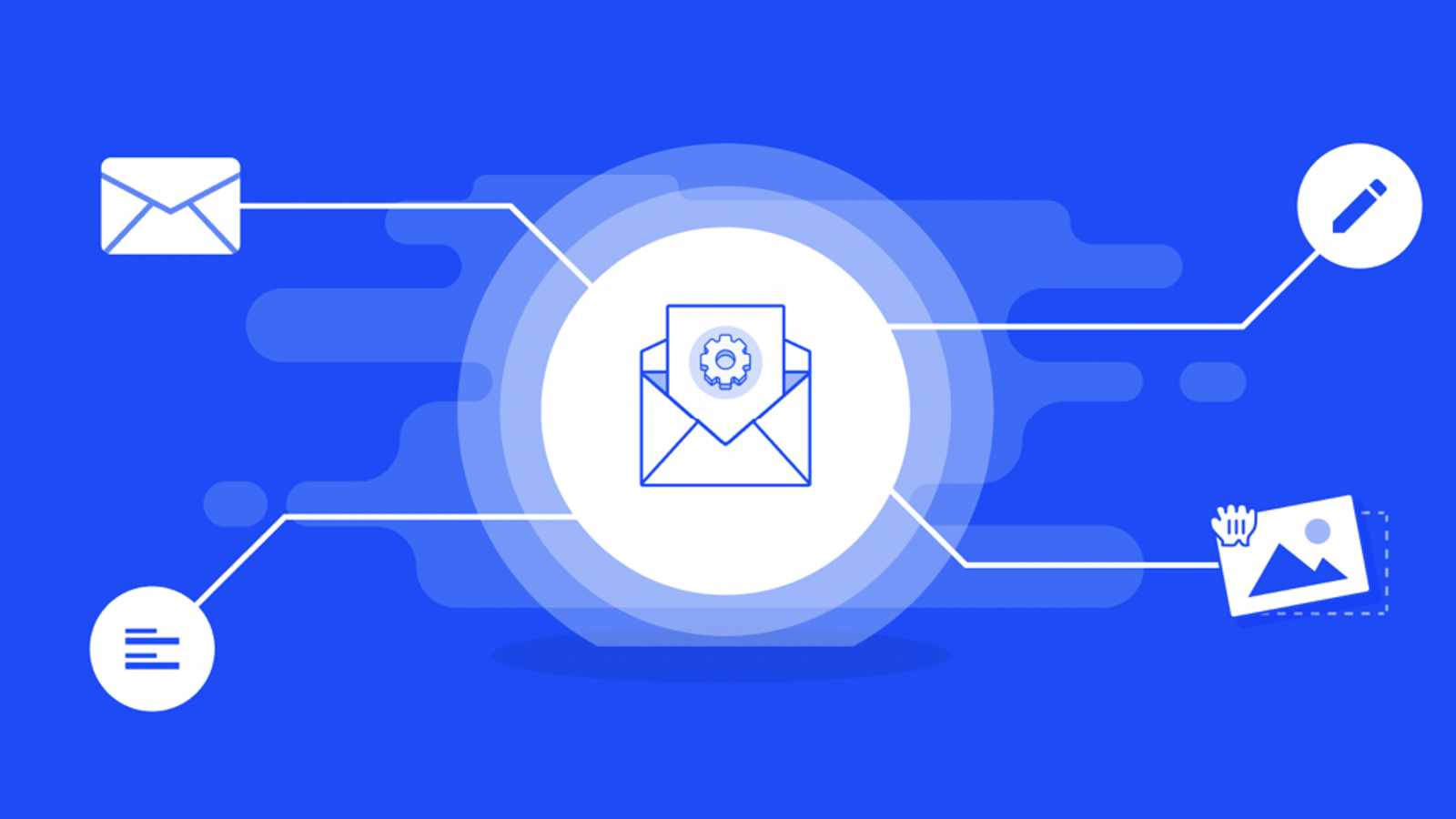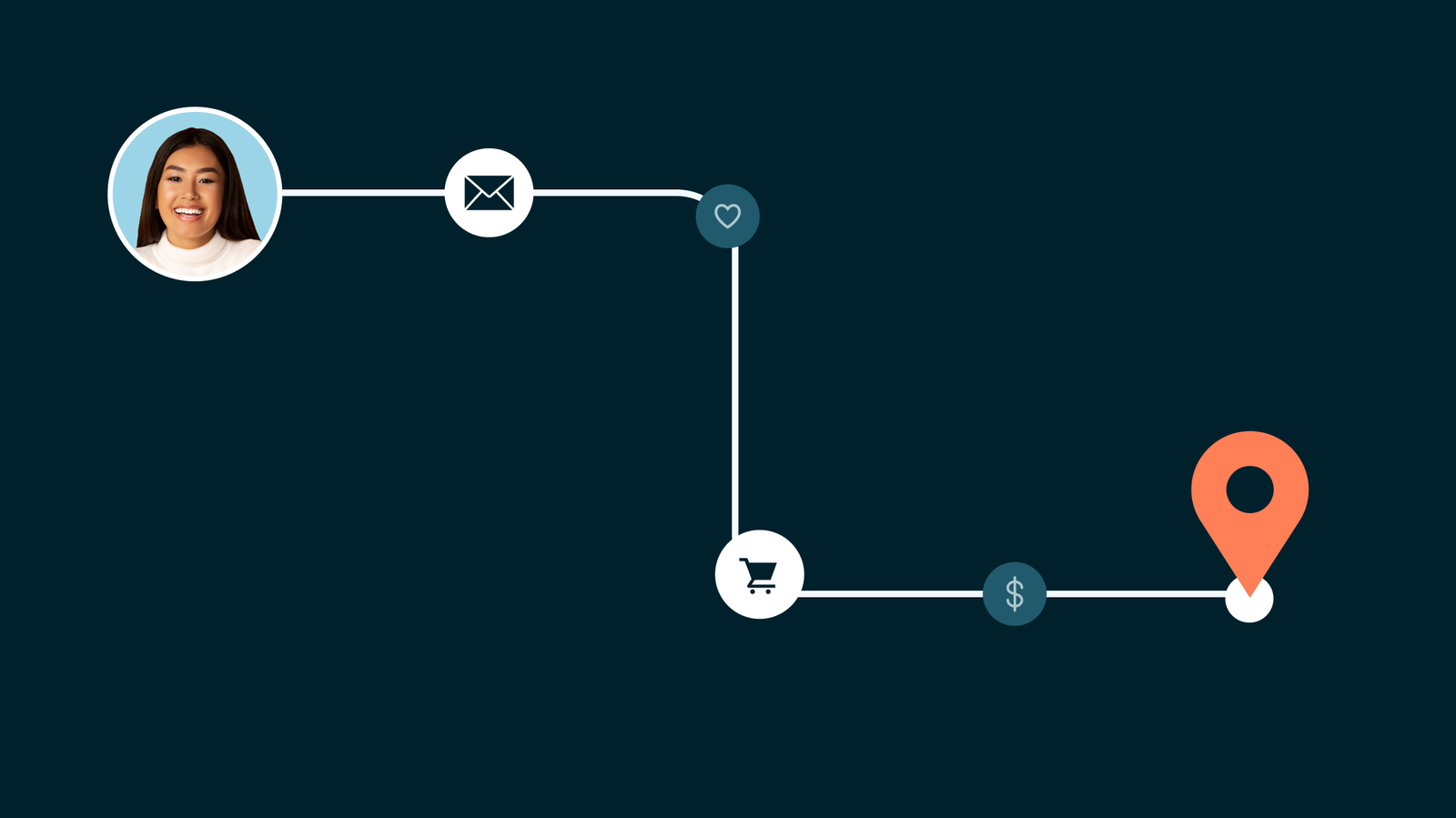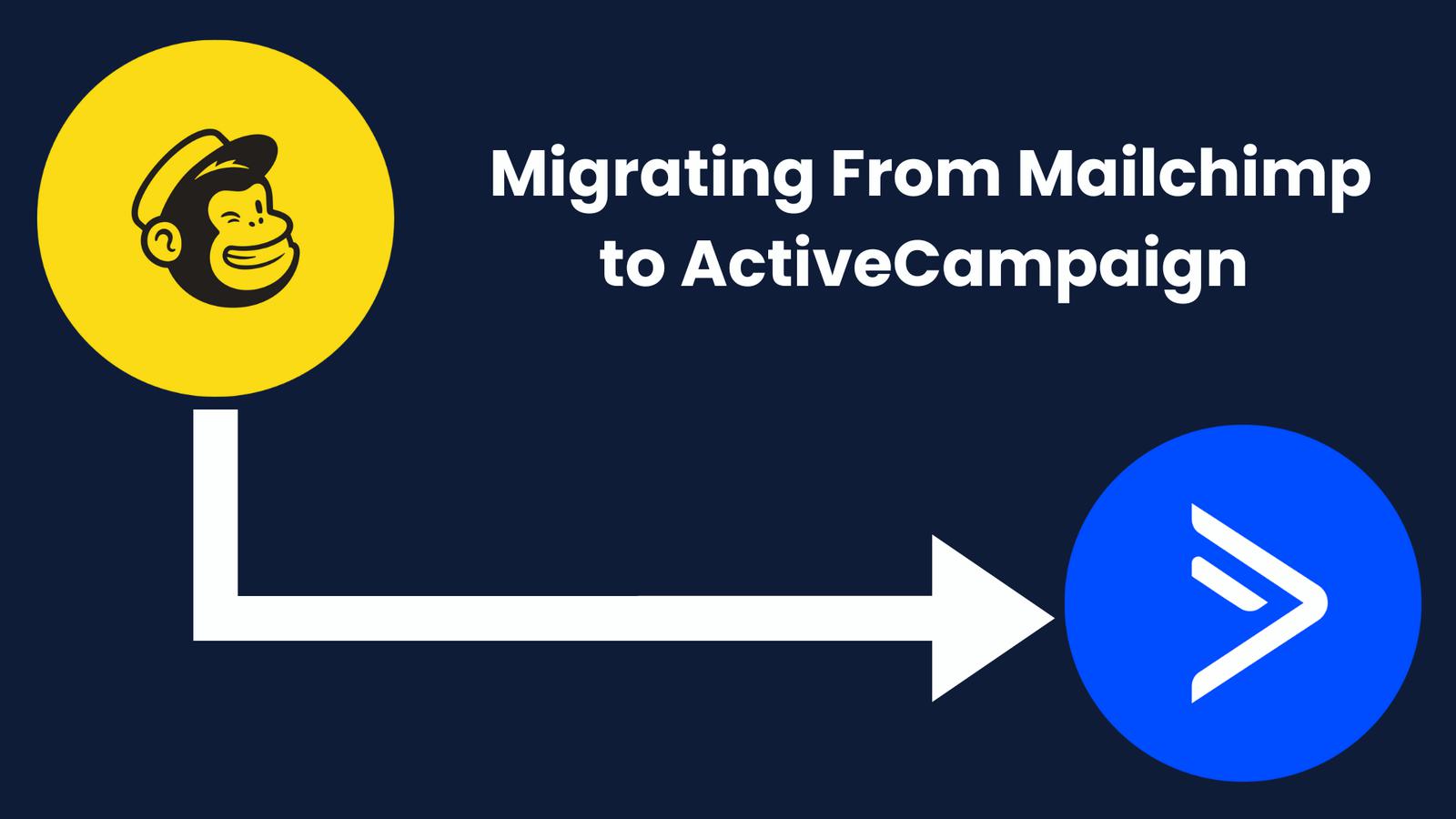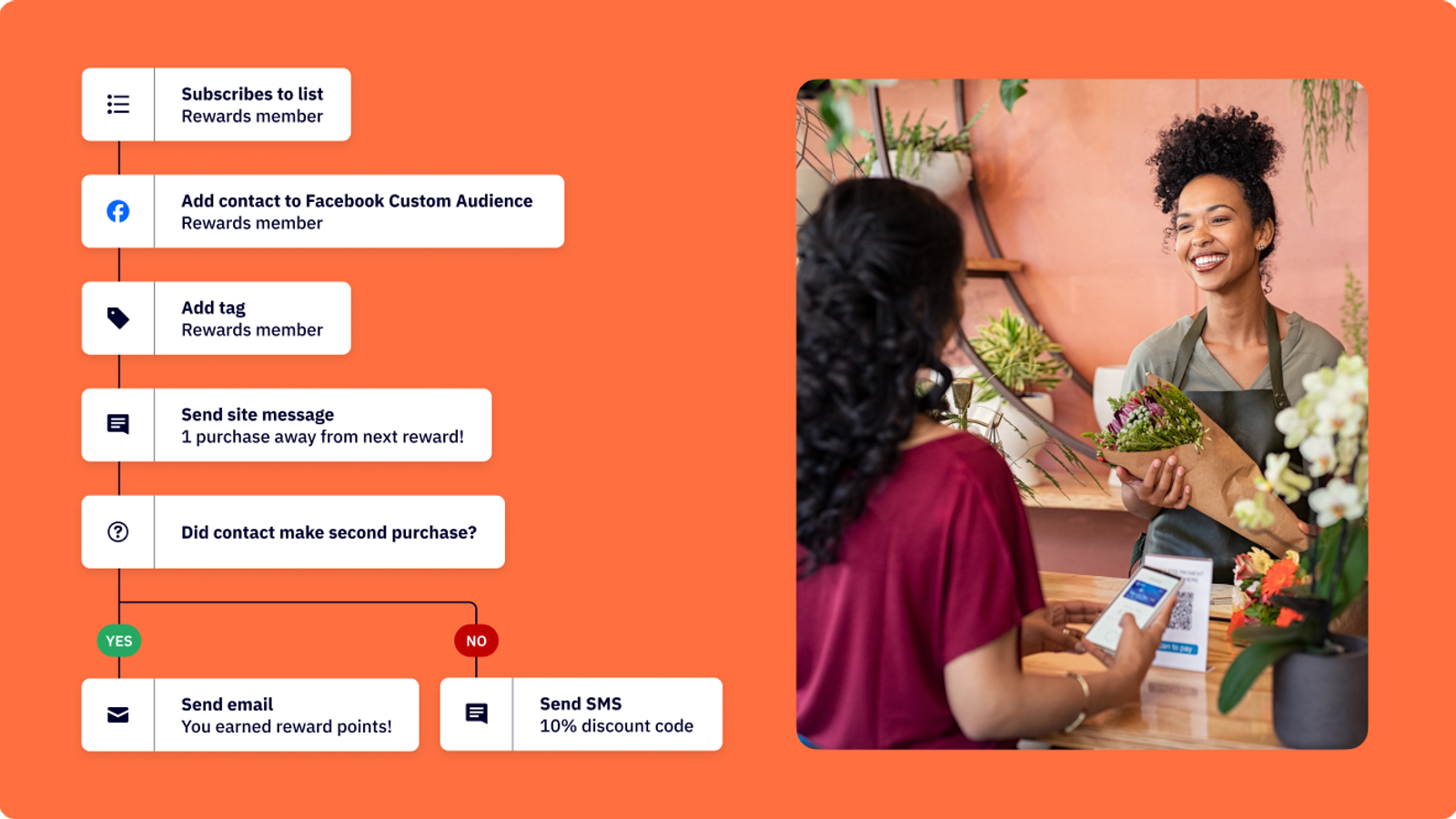32% of survey respondents already used AI and marketing automation for email messages and offers. And with technology like Chat GPT taking the digital world by storm, the number of organizations realizing the value of Artificial Intelligence is set to skyrocket in the coming years.
But what does AI technology becoming more available mean for email marketing? And how will it change how marketers around the world operate?
In this article, the team at MySignature will explore how AI technology can help email marketers today and in the near future. But first, let's answer the most pressing question - can AI take the job of human marketers in the foreseeable future?
Can AI Replace Email Marketers?
When figuring out whether AI will take over the email marketing world, it's best to start at the source. And here's what Chat GPT has to say when asked if it had plans of replacing humans:

Despite the widespread concern, it seems that AI doesn't have plans to replace marketers anytime soon. And while it's hard to predict the possibilities of AI in the future, many of the creative aspects required to run email campaigns can't be done without human input just yet.
That being said, AI has a lot of potential to enhance the work of savvy marketers, making email marketing campaigns more efficient and effective in the process.
How Can AI Be Helpful for Email Marketing?
The number of potential applications of AI in email marketing is hard to quantify. The technology is still in its infancy, which means it will be a long time until marketers run out of new ideas for how to use the technology to create a better (and more profitable) email experience.
Published on MarketingCharts.com in March 2018 | Data Source: Econsultancy / Adobe
That being said, most of the current uses for AI in email marketing can be grouped into a few main categories. While these categories are by no means final, they can encompass the main advantages of AI you could enjoy today or in the coming years.
Personalization
Even just a decade ago, many marketers still viewed personalization as having the recipient's first name in the email. Fast forward to today, and there's an array of helpful email personalization options that most experienced marketers have used or considered.
But AI promises to take the personalization possibilities to another level.
Its ability to analyze large amounts of customer data is already reshaping how email marketing campaigns are set up. Before AI, the ability to segment was limited not just by the available data but also by the marketer's ability to think of and implement decisions based on the data.
Meanwhile, AI can analyze the data and consider countless variables to deliver personalized email content and do that on a level that is more comprehensive than anything a human could do. According to Rebecca Herson, Anodot's Vice President of Marketing, AI is essential in the field:
There’s just so much data being generated, there’s no way for a human to go through it all. Sometimes, when we analyze historical data for businesses we’re introducing Anodot to, they discern things they never knew were happening. Obviously, businesses know if servers go down, but if you have a funnel leaking in a few different places it can be difficult to find all the problems.
Automation
Another key area that AI can impact is automation. Some of that comes down to the personalization possibilities, but it's also about removing a lot of the manual work that would typically go into setting up an email campaign.
For example, AI tools can automatically adjust campaigns and make timely recommendations about what could be done better. Utilizing AI's capacity to optimize and improve performance at scale is something that will be hard to replicate manually.
However, there's still a lot of room for AI technology to improve before it can fully replace human input and analysis when developing funnels, email sequences, and specific strategies to solve problems using email.
Optimization
If there's one area where AI is very close to being impactful, it is optimizing performance through various incremental improvements that can make a big difference over time.
AI can analyze and track the performance of different variables in an email campaign, testing out different approaches and analyzing the data to make informed decisions about what works best. The changes can range from optimizing subject lines, testing out various offers, or even finding the best time to send an email to different segments of your audience.
AI can also use real-time optimization to maximize the likelihood of your emails reaching the inboxes of various ICPs.
9 Scenarios of Using AI in Email Marketing
It's easy to get excited about the potential of AI in email marketing. But marketers are just starting to discover the specific applications of the technology in their campaigns.
Here's a list of potential scenarios where AI could become an indispensable tool that boosts performance, leads to more sales, and keeps your subscribers happy.
Draft Compelling Subject Lines
64% of people decide whether to open an email based on the email subject line. And that makes it one of the most impactful parts of an email you could improve.
But for most marketers, coming up with different ideas and angles for an email subject line can be exhausting. Over time, it can seem that you've covered most ways to engage your subscribers in the subject line, which can make your ideas repetitive.
But AI doesn't have these types of limitations. It can evaluate an unlimited amount of data and come up with the right set of email subject lines that can work in your situation.
Today, an experienced copywriter is still required to evaluate the ideas and choose the ones that work best. You also need someone to polish the email subject lines and make them more appropriate for your audience. But some companies are already experimenting with subject lines that were fully generated by AI, and that trend is set to continue.
Craft Body Copy Faster
The American Marketing Association (AMA) employs an AI copywriting tool to produce newsletter content for its 100,000 subscribers, which is quite remarkable. Through the utilization of AI newsletter analytics and personalization techniques, the AMA can tailor headlines and content to suit the preferences of each individual subscriber.
If you want to use AI beyond the subject lines of your emails, that is also becoming more realistic. With the launch of tools like Jasper, Lavender, and ChatGPT, you can now feed specific instructions to a trained AI platform and get it to compose the entire email.
You can even fully customize the brief, instructing the AI about the audience, voice, goals, and other parameters that you want to be considered. Then, you can ask it to rework the email as many times as you want until you're happy with the results.
Dhruv Patel, Co-Founder of Saleshandy
AI can utilize natural language processing (NLP) algorithms to analyze and understand the content of existing emails and the recipient's preferences. It can generate personalized email content and suggest subject lines, greetings, and closing statements. AI can also suggest body copy based on the recipient's interests and behaviors, speeding up the email crafting process. By automating the content generation process, AI can save time and increase the efficiency of email marketing campaigns.
Obviously, most marketers today are still unwilling to send fully AI-written emails to their audience. But that doesn't mean you can't use it to generate ideas, taking the basic structure and refining it to make it more relevant to your situation.
The biggest benefit of using AI for the email body copy is that it can save you and your writing teams a ton of time. When you send a large volume of emails to a variety of lists, one of the biggest bottlenecks is not having enough time. And that's where AI can come in and help you create better emails, faster.
Personalize Your Email Copy
Email is primarily a communication tool rather than a marketing tool. But for communication to be engaging, it needs to feel personal and relevant to the person on the receiving end. Because of that, the emails that tap into the right personalization elements will typically stand out in performance and engagement.
But while that used to mean that marketers had to manually figure out how to add personalization elements into their emails, that may no longer be the only way.
Today's leading AI tools can tap into your data and find new ways to add personalization to your emails using customer information, behaviors, and relevant metrics your audience cares about.
Dmitry Kudrenko, Founder and CEO of Stripo
Today everyone talks about using AI for generating copy, but I don't really think that AI is now capable of replacing a human being, as writing copy requires a creative approach. I know about different experiences with Phrasee and Persado, and I keep my eye on OpenAPI ChatGPT.
I am sure AI will revolutionize in this direction in the near future, but not today. However, AI is crucial for your email marketing today. Many processes, like analyzing data, would be impossible without it.
For example, you could get AI to automatically incorporate performance data from each individual subscriber's account, using it as a conversation starter and a way to make the email more relevant. If a user achieved a positive, quantifiable outcome using your app, you could set up an automated email with a personalized opening line that emphasizes it, showing your tool's value.
Run Automated A/B Tests
Testing can be one of the most time-consuming aspects of email marketing. But while split tests have been the holy grail of email marketing best practices for decades, the sheer number of variables that impact performance today has made getting valuable data out of manual tests much more difficult.
Even if you can determine that Subject Line A performed better in one week, you might not be able to rely on that outcome as a basis for decisions a month or two from now.
That being said, the introduction of AI in email marketing can make A/B testing viable and effective in ways not possible before.
Alina Dykuha, Head of Digital Marketing at SendPulse
You can diversify your A/B testing routine with OpenAI-generated topics, texts, or CTAs for your newsletters. For example, you can ask AI to create a cold B2B email copy using Snov.io or campaigns for your mailing list through SendPulse. Then, analyze the click-through rate (CTR) to see how users react to such content. Additionally, AI-powered tools like Midjourney Art Generator can help you create imagery effortlessly.
The use of AI allows companies to automate the testing and perform it at a much larger scale. And even more importantly, it can leverage bandit testing to optimize the campaign and achieve your conversion target while the campaign is still running instead of after it's finished.
AI has the capacity to take into account thousands of variables, analyzing past performance and optimizing the campaign on a second-to-second basis. That way, you can get data about what's working right now and actually take advantage of that insight while it's still fresh and relevant.
Aquibur Rahman, Founder, and CEO of MailModo
Traditionally, marketers have always faced limitations in terms of the number of variants they can use in their A/B tests. With AI, they can generate dozens of variants in real-time easily and conduct much more thorough A/B testing. AI can also make it possible to tweak each variant with specific prompts.
Clean Up Your Email List & Boost Deliverability
Email deliverability is an indispensable part of a successful email marketing strategy. But maintaining list hygiene can be a complicated process that requires your team to manually identify, try to re-engage, and remove inactive subscribers.
The good news is you might no longer need to. AI tools can simplify and automate this process by scanning your list and continually updating it to only include email addresses that are verified and active.
With a tool like SendGrid, you can set up a real-time email address validation API that will use machine learning and various mailbox provider-friendly tactics to find inactive, disposable, shared, or mistyped email addresses in your list automatically.
AI algorithms can analyze email engagement data to identify email addresses that have not opened or clicked on emails in a certain amount of time.
SendGrid is also introducing neural protection features that use AI monitoring to spot sending behaviors and ongoing messages that might negatively impact how ISPs (internet service providers) perceive your emails.
Skirmantas Venckus, Growth Hacker at Sender.net
Good email deliverability requires several key steps, such as audience segmentation, dodging spam triggers, and drafting captivating subject lines and high-quality content. AI-based tools, such as subject line testers, spam checkers, and segmentation algorithms, can immensely improve the success of email deliverability by analyzing audience behavior and engagement metrics and suggesting the best options.
Using the service, you can avoid having to manually finetune your sending patterns. Instead, AI can analyze performance data and create custom sending schedules for each ISP, resulting in better inboxing performance.
Make Product Recommendations
Personalized product recommendations can boost the click-through rate of your emails by as much as 330%. But providing each email subscriber with relevant products can be a challenge because of the amount of data that needs to be analyzed.
But AI can simplify the process by analyzing email, on-site, and even social media behavior to identify which products are the most likely to generate interest for a specific user.
For example, IKEA Retail (Ingka Group) increases Global Average Order Value for ecommerce by 2% with Recommendations Al.
Whether you want to run a weekly newsletter informing prospects of new offers, or have an upcoming promotion you wish to personalize, AI can help. First, it can look at the entire customer journey of each subscriber, identifying their engagement behaviors, interests, and habits. Then, it can use that information to combine product recommendations with unique offers that they are likely to find irresistible.
Oksana Chyketa, Newoldstamp
Today, customers have a strong desire for personalization and are inclined to make purchases from, repurchase from, and recommend brands that provide tailored experiences. To meet these expectations, one effective approach is to offer recommendations that are customized according to customers' purchase behavior, browsing history, or the preferences of similar customers.
In the past, implementing such personalized recommendations on a large scale presented significant challenges and incurred substantial costs for companies. However, thanks to recent advancements in artificial intelligence (AI), even medium-sized businesses with a moderate level of website traffic can now leverage AI-driven recommendation systems to their advantage. This allows them to deliver personalized experiences to their customers without the previous constraints of scalability and expense.
Discover New Segments
The best email lists provide personalized content not just in terms of offers but in what types of emails are sent in the first place. But while you can set up tags at various points of your customer journey for segmentation later, using those segments effectively can be a laborious and complex process that not many businesses can do.
Luckily, AI can help streamline and simplify the process.
Mirjana Miric, Mailtrap.io
AI can also be used to segment email lists based on different criteria, such as past email engagement, demographics, or behavioral data. This can help you to send more targeted and relevant emails to specific segments of your email list.
Today, email marketers can turn to AI to categorize their lists by various data. AI can take into account behaviors, purchase history, clicks, open rates, and countless other factors and make logical decisions about the best ways to segment your list in different situations.
Send Emails at the Right Time
A big part of email marketing success is correctly anticipating your customers' needs and sending timely emails that address them. But because of the infinite number of variables you'd need to consider, doing that manually takes a lot of work.
Sure, you can get better at timing your emails as you become more familiar with your audience and performance metrics, but you still will be doing a lot of guesswork in terms of when and how often to send your emails.
Helga Zabalkanska, VP of Marketing at Pearldiver.io
Email analytics powered by AI and innovative tools like Pearldiver.io have transformed the way we understand and optimize our email communications. By tracking key metrics and identifying patterns, we can leverage technology to identify the best time to send messages, build stronger connections, and achieve better outcomes. With the power of data-driven insights, we can unlock the full potential of our email strategies and take our communications to the next level.
On the other hand, AI doesn't have those limitations and can learn to see the entire picture of what your subscribers want. And it can also take into account the changing circumstances of your campaigns, adapting the frequency of the emails to maximize performance.
On one level, that means you'll be able to send emails at the right time of the day to catch your subscribers in the right situation for them to take action. But you'll also be able to finetune your email frequency and the days of the week the emails should go out. And that will usually result in consistent improvements with every campaign, as the AI discovers what's working best in your situation.
Supercharge Your Analytics
Machine learning has been used to improve results for a long time. In fact, it can be seen as the first real-life application of AI to improve business performance. Businesses today have way too much data to analyze manually, and having AI sort through the data and notice patterns can be a potent tool when trying to improve the quality of your decisions.
Just like with any part of your business, AI can be used to analyze your email data on a large scale. It can help identify patterns and opportunities you might have missed, providing a more complete picture of what your campaigns are missing.
Valeria Frolova, CEO at Snov.io
Even before GPT-3, other AI-powered tools like Jasper and subject line generators were integrated into email services to make writing emails a breeze.
And now, with the addition of sentiment analysis, AI can give you insights into how your recipient might perceive your emails, helping you adjust your tone to create more effective email campaigns.
In fact, according to research from Emerj, more than half of surveyed companies already use sentiment analysis for email marketing purposes. So don't stress over writing emails - let AI help you make the process smoother!
And since a team of data scientists is no longer needed to sift through large amounts of data, even small businesses can take advantage of email optimization on a scale and efficiency that was simply not possible before.
Bottom Line
The boom of AI through tools like ChatGPT and Jasper may be a relatively recent phenomenon, but it barely scratches the surface of how AI can (and will continue to) impact email marketing today and in the future.
The possibilities of analyzing large amounts of data quickly, identifying patterns, and optimizing performance translate extremely well into email marketing strategies, which means that the technology will likely become indispensable sooner rather than later. And while the list above may offer a glimpse at the possibilities, it is by no means complete. As AI tools become more accessible, finding new ways to use them to boost performance will also become easier.
So, even though AI will probably not be writing full emails in place of human copywriters yet, it may play a key role in just about every other part of your email marketing campaigns.







